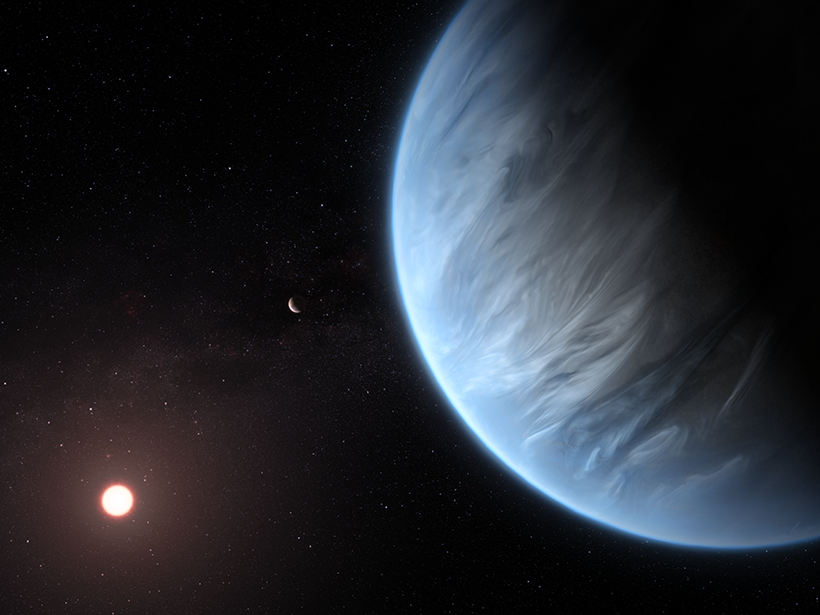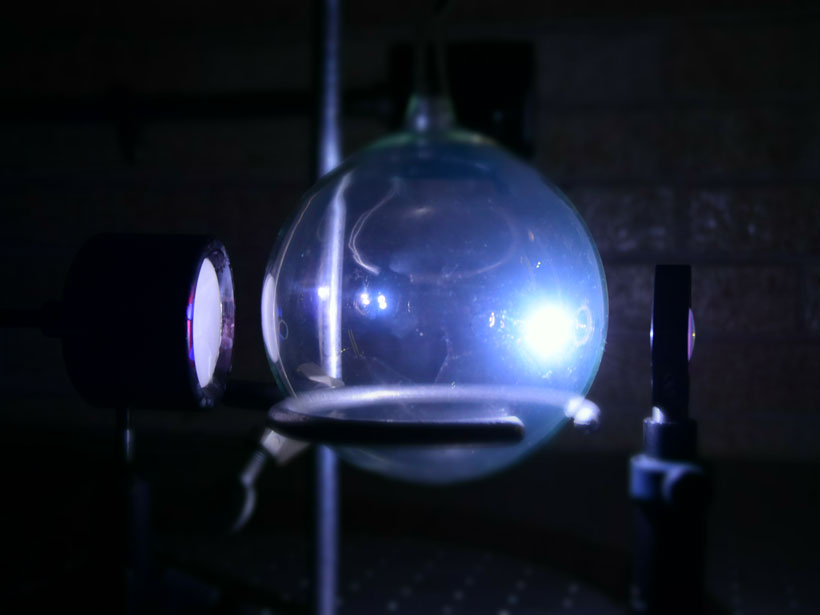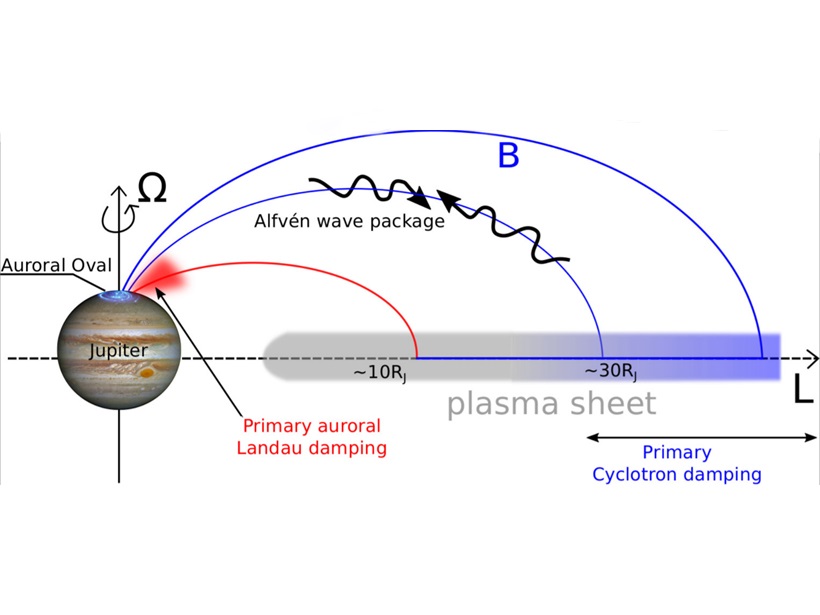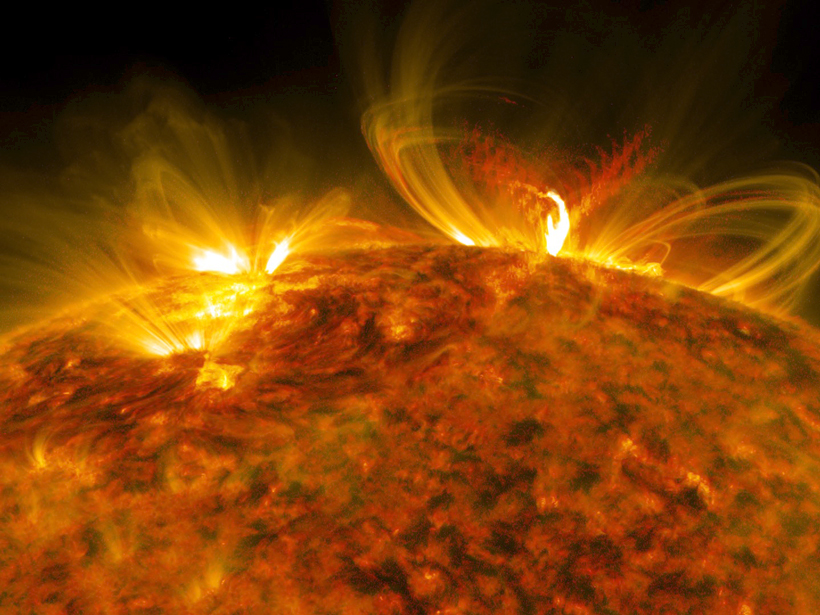K2-18b is warm, has an atmosphere, and has water vapor. But it’s no Earth 2.0.
planetary atmospheres
How Mars Lost Steam
Solar winds are not the main culprit in stripping the planet’s atmosphere, a new study suggests.
Rover and Lasers Unlock Clues to Early Martian Atmosphere
Sediments from the Curiosity rover and experiments using tanks of gas and laser beams helped reveal how water continued to flow on Mars after the planet lost its atmospheric carbon dioxide.
Jupiter’s Stressed Out Magnetosphere Causes Aurora and Heating
Force imbalance between Jupiter’s ionosphere and magnetosphere leads to wave generation to release this stress, but the waves also accelerate particles, causing aurora and heating.
Could Life Be Floating in Venus’s Clouds?
If present, microbes could explain evolving patterns in the planet’s atmosphere when observed in ultraviolet light.
The Oxygen Neutral Cloud Surrounding Jupiter’s Volcanic Moon
Japan’s Hisaki satellite takes measurements of faint oxygen emissions from Io.
Solar Flare Caused Increased Oxygen Loss from Mars’s Atmosphere
Measurements by a Mars-orbiting spacecraft indicated heating and chemistry changes in the planet’s atmosphere following an extreme solar eruption last year.
New Juno Data Reveal Four Key Secrets of Jupiter
Deep clouds, polar storms, lopsided gravity, and a uniformly rotating interior demonstrate that the gas giant plays by different rules than Earth.
Earth-like Oscillations Detected in Saturn’s Stratosphere
By comparing Cassini observations spanning ten years, Saturn’s equatorial oscillation is shown to have similarities to Earth’s Quasi-Biennial Oscillation and Semi-Annual Oscillation.
Curiosity Spies Shifting Sands on Mars
Images from the rover’s pioneering encounter with sand dunes on Mars constrain wind speeds required to move sand in the thin Martian atmosphere.










